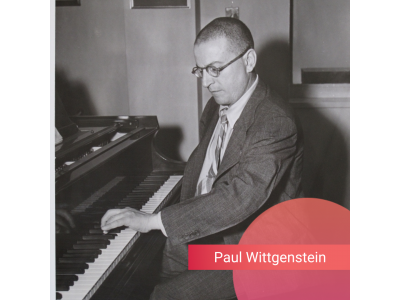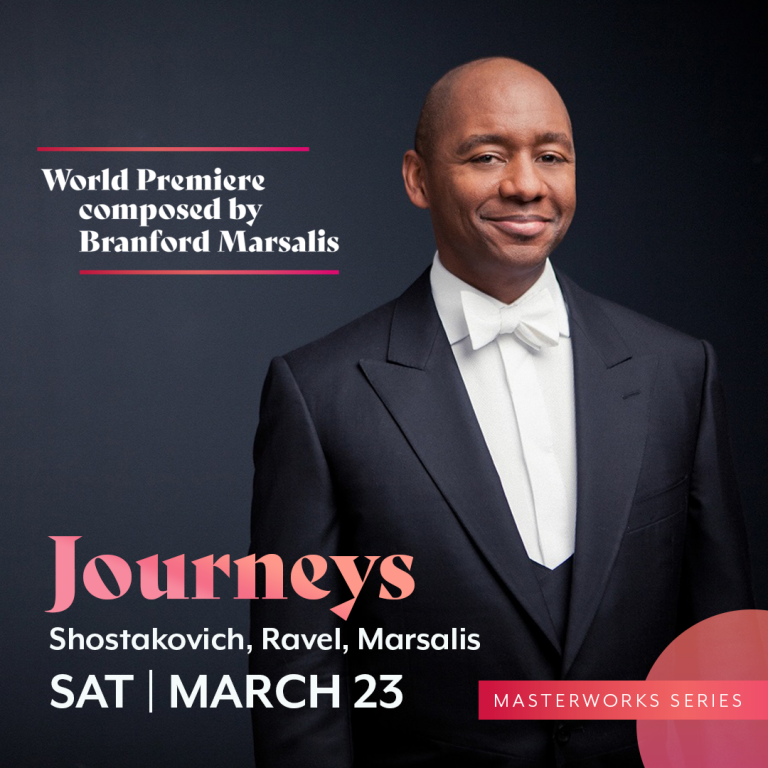A Concerto of Resilience

Piano Concerto for the Left Hand (1929-31)
by Maurice Ravel (Cibouew, France, 1875 – Paris, 1937)
On Saturday, March 23, pianist Yekwon Sunwoo joins the Kalamazoo Symphony for a performance of Maurice Ravel's Piano Concerto for the Left Hand.
Fun Facts:
- The piece was written for a pianist wounded in World War I
- The concerto has influences of jazz
- With its gloomy undertones, it's possible Ravel was remembering his own time served in the war
Inside Scoop:
- Concerto (/kənˈCHerˌtō); a musical composition for a solo instrument or instruments accompanied by an orchestra
For the Paris premiere of his Piano Concerto for the Left Hand, Ravel gave the following account on the work’s genesis:
The initial idea for the concerto for the left hand, which I will soon conduct with the Paris Symphony Orchestra, dates from a trip I made to Vienna three years ago.
During my stay in Vienna….I had the occasion to hear the Austrian pianist Paul Wittgenstein. His right hand had been amputated following a war injury, and he performed a concerto for the left hand alone by Richard Strauss…. I acceded to Wittgenstein’s request to compose a concerto for him. I carried out my task with enthusiasm, and it was completed in a year, which represents a minimum delay for me.
In an interview with critic Michael D. Calvocoressi, Ravel spoke about the jazz influences in the concerto’s fast section, and the motivic links between the two sections. What he didn’t talk about was the work’s haunting, gloomy undertone. In fact, dark colors predominate from the beginning as the work opens, most unusually, with a contrabassoon solo. It is quite possible that the encounter with Wittgenstein brought back some of Ravel’s own war memories. After all, he had also served in the war—on the opposite side from Wittgenstein—as a truck driver.
Ravel expert Arbie Orenstein sees the Concerto for the Left Hand as “a culmination of Ravel’s longstanding preoccupation, one might say obsession, with the notion of death.” It is certain that this concerto is a deeply tragic work, in stark contrast to its companion in G major.
The concerto is in two movements that are played without a pause. The first movement, which begins with an ominous contrabassoon solo, follows a somber, dramatic theme with a more lyrical, romantic one, which in turn is brushed aside by a scherzo-like fast section, based once again on two contrasting ideas. The first of these is in a rather regular skipping rhythm, while the second, full of syncopations and displaced beats, has a certain jazzy feel to it. The theme of the introduction then returns, followed by an extended cadenza. The concerto ends abruptly with a very brief recall of the first scherzo theme.
Program notes by Peter Laki




